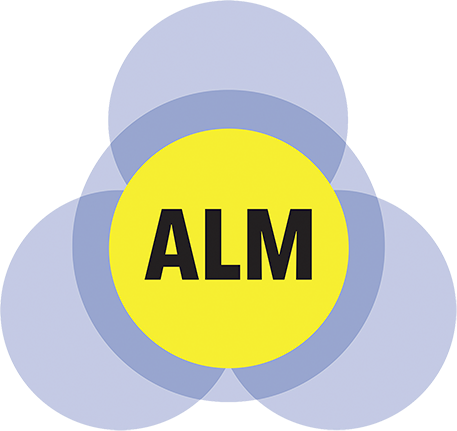Deployment Phase 1: Planning
“We do not need no stinking plan” is the attitude of many organizations faced with deploying a new Requirements Management tool. Nothing could be further from the truth. Over my 20 + years of working with groups trying to deploy IBM Rational DOORS, I have seen it over and over again, poor planning or poor plan execution leading to the tool becoming shelf ware or deployed with much pain and minimal penetration within the organization.
All successful Requirement Management tool deployments that I am aware of had these critical components:
- A strong, involved, business sponsor
- A comprehensive plan, that is executable by the organization
- The resources and time to execute the plan.
These components are critical for any successful tool deployment. Successful in the context of this post means, meeting the stakeholder requirements that drove the decision to implement a requirement management tool or to migrate to a new one.
Whether deploying new requirement management software or migrating from an old platform to a new one, the level of sponsor involvement, the quality of the plan and the availability of resources to execute the plan will determine success.
The IBM Rational DOORS Next Generation (DNG) deployment plan among other things must address the Information Architecture (IA) that is needed to support the requirements management process. The development of an Information Architecture (IA) is not optional if you wish for the deployment to be successful. It is as critical during a new tool deployment as it is when migrating from a current platform to a new one.
The IA must reflect the requirement management process and the operational environment where the process is executed. How is this captured? By including the stakeholders of the requirement management process in the Architecture discussion. I am referring to all those that develop requirements, manage changes to those requirements, review those requirements, test those requirements, in other words those stakeholders that have an intimate knowledge of how the process works within their organization.
Things that need to be captured are:
- How is data (requirements) processed?
- How are data types related?
- How are requirements reviewed?
- How are changes to requirements managed
- How are requirements tested?
- What metrics need to be captured?
- What types of reports need to be generated?
- What integrations are needed to support your requirements process?
These are some of the basic things that get captured during the IA discussion. The output of the IA is a process diagram showing how the requirements process currently works. If the current process is not functioning efficiently then changes to the process diagram should be made to reflect a desired state.
The next step in the IA development process is to map the requirements process to the IBM Rational DOORS Next Generation (DNG) artifacts. This is where an intimate working knowledge of the DNG product is critical. When deploying DNG you want to take advantage of the capabilities that the tool has to offer. That means you want your IA to take advantage of DNG’s strengths while avoiding any weakness. How well does DNG support your requirements management process? The answer to that question will identify the strengths and weakness of DNG in your environment.
By evaluating your requirements process in light of the capabilities of DNG you can now start to develop an IA for DNG. In addition integrations to other tools will need to be reflected in the IA. The output of this process is an IA diagram. The IA diagram shows the mapping of requirement process artifacts to DNG artifacts.
Now the IA diagram is used to configure your DNG environment to support your requirements process and integrations.
When doing a migration from an existing requirements tool to DNG additional work will need to be performed to understand what is to be migrated to the new environment and how it will be represented. It is always necessary with a migration to understand in detail what data you have and of that what will be migrated.
In conclusion a successful deployment of IBM Rational DOORS Next Generation requires proper planning and discipline to execute to the plan. The planning must include the development of an IA. The IA must be implemented and managed before the task of user training is undertaken. Users should be educated about the IA and the DNG support infrastructure that is in place prior to user training and making the tool available to the requirements management team.
Remember:
“By failing to prepare, you are preparing to fail.”
– Benjamin Franklin
“A good plan today is better than a perfect plan tomorrow.”
– George S. Patton
